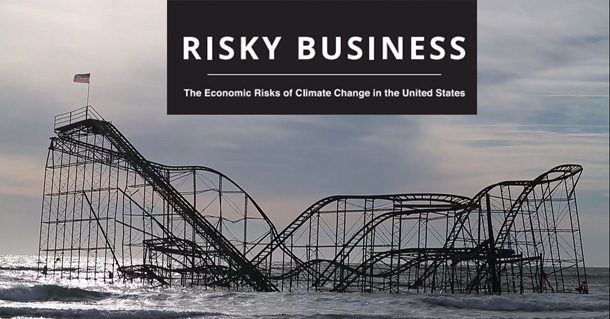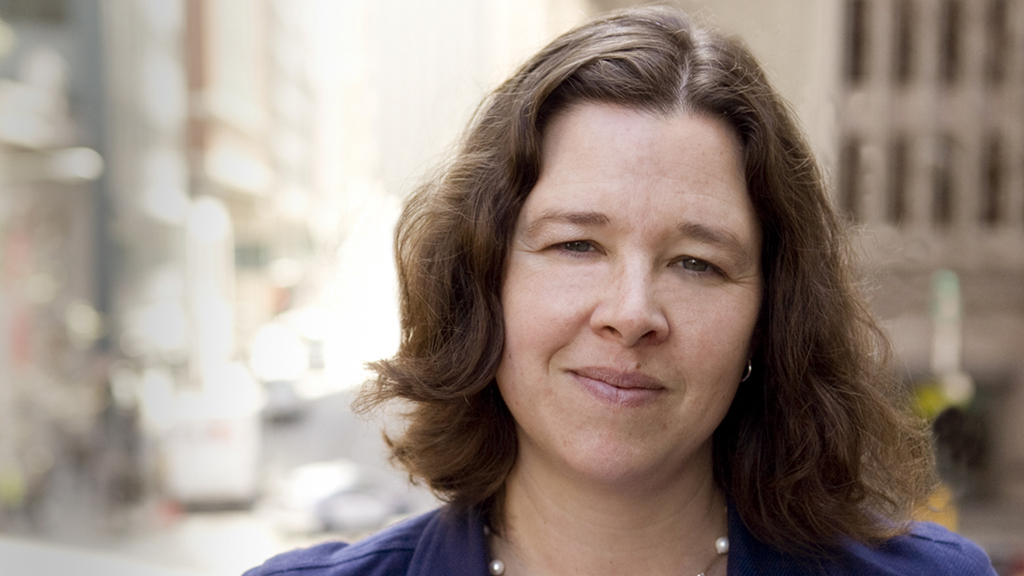“We don’t need an energy miracle” to effectively address climate change. That was the message a speaker from the Risky Business Project shared with Washington State business leaders earlier this month. Their new research identifies cost-competitive, low-carbon energy sources and technologies that already exist and will become cheaper over the coming decades.
 Business leaders from across Washington State met on January 17th, 2017 to learn about the next wave of opportunities and threats associated with climate change and the transition to a clean energy economy. The gathering was part of the “Where to Next” series organized by Washington Business Alliance, Washington Business for Climate Action, and The Nature Conservancy. It’s an effort to design non-partisan, practical, and cost-efficient carbon policy solutions in Washington State. The event was centered around guest speaker Kate Gordon, Senior Advisor to the Paulson Institute.
Business leaders from across Washington State met on January 17th, 2017 to learn about the next wave of opportunities and threats associated with climate change and the transition to a clean energy economy. The gathering was part of the “Where to Next” series organized by Washington Business Alliance, Washington Business for Climate Action, and The Nature Conservancy. It’s an effort to design non-partisan, practical, and cost-efficient carbon policy solutions in Washington State. The event was centered around guest speaker Kate Gordon, Senior Advisor to the Paulson Institute.
The Risky Business Project was founded in October 2013 by former U.S. Treasury Secretary Hank Paulson, NYC Mayor Mike Bloomberg, and businessman Tom Steyer. The initiative aims to assess and publicize the economic risks to the U.S. associated with climate change. Their highly influential 2014 report made clear that climate change poses a growing risk to the U.S. economy. It provided evidence that billions of dollars of real estate, crops, and business infrastructure are at risk from rising heat, seas, and storms.
 At the January 2017 event Gordon shared insights from the Risky Business Project’s new report: From Risk to Return: Investing in a Clean Energy Economy. Gordon told the audience that addressing climate change requires reducing carbon emissions at least 80 percent by 2050 in the US and across all major economies. “This goal is technically and economically achievable using commercial or near-commercial technology… [It] does not require an energy miracle or unprecedented spending.”
At the January 2017 event Gordon shared insights from the Risky Business Project’s new report: From Risk to Return: Investing in a Clean Energy Economy. Gordon told the audience that addressing climate change requires reducing carbon emissions at least 80 percent by 2050 in the US and across all major economies. “This goal is technically and economically achievable using commercial or near-commercial technology… [It] does not require an energy miracle or unprecedented spending.”
Gordon said she was “particularly interested in being up here in Washington” because it’s “at a really pivotal moment both on the policy side and the business development side.”
At one point, Gordon attempted to distill the latest recommendations into the most laconic wording possible. She wanted to achieve something akin to food writer Michael Pollan’s nutrition advice: “Eat food. Not too much. Mostly plants.” The result?
- Electrify (nearly) everything.
- Make most electricity low- or zero-carbon.
- Use less energy.
The new Risky Business report prescribes three basic strategies.
1. End use fuel switching to electric sources
Electric fuel currently makes up 23% of total energy usage. In a typical scenario (the “Mixed Resource Pathway”), electric fuel needs to reach 51% of total energy usage in order to achieve the required 80% reduction in carbon emissions.
2. Decarbonization of electricity
U.S. electricity currently contains 509 kilograms of CO per megawatt-hour. A typical pathway to 80% GHG emissions reduction requires massive decarbonization of electricity to 2 kg of CO per megawatt-hour.
3. Energy efficiency
To hit the required 80% reduction in GHG emissions, Gordon described a dramatic increase in energy efficiency. Energy intensity of GDP would need to be ⅓ of current levels.
